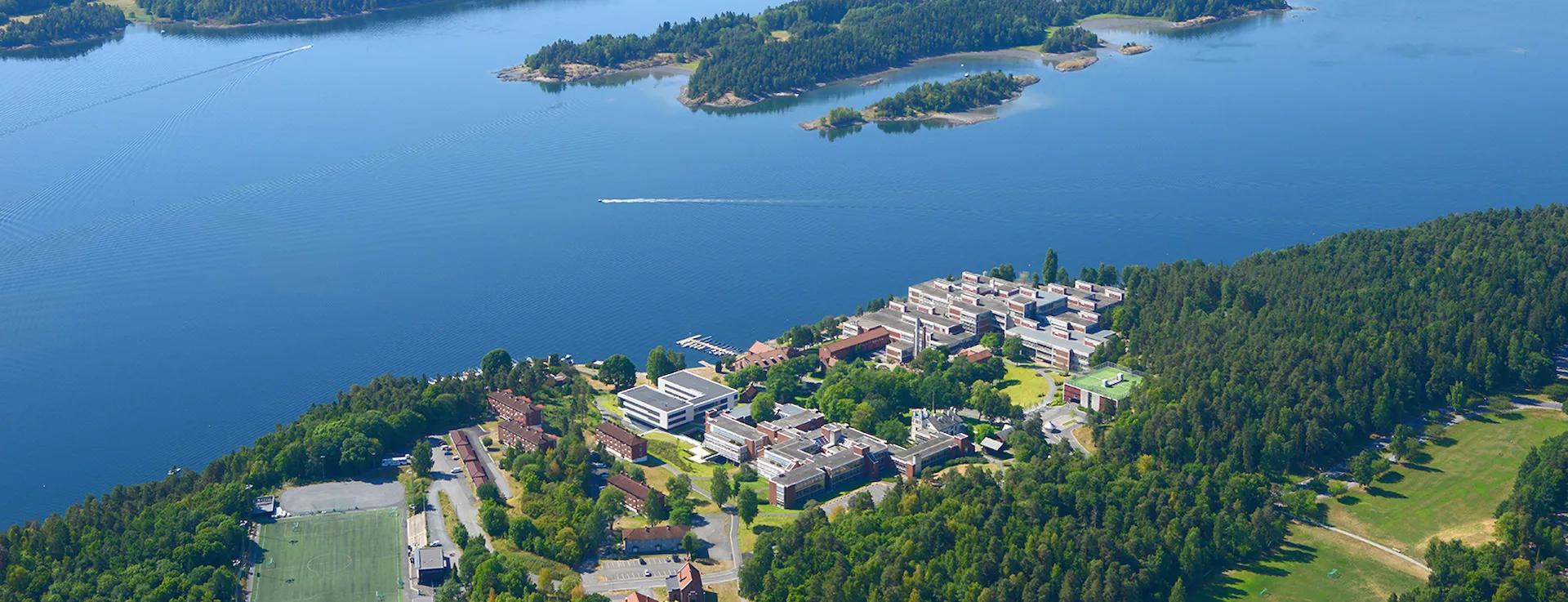Case Study: LGT Group


LGT is a leading international private banking and asset management group which has been owned by the Princely Family of Liechtenstein for over 90 years. Sustainability is a fundamental value at LGT, and the company acknowledges the critical role that decarbonisation plays within the broader sustainability agenda. With this lens they were able to identify nature as a material topic and subsequently have been exploring methodologies for the integration of nature data into stewardship engagements and are exploring the integration into existing processes and structures.
“Integrating NatureAlpha’s geospatial data has transformed how we understand nature related risks within our portfolios. We can now move from broad conversations to targeted, asset level dialogues that help companies understand where their most severe exposures sit. The consistency and clarity of the analysis have strengthened our stewardship work and has helped us engage with peers across initiatives like Nature Action 100 with far more confidence.” – Siobhan Archer, Global Stewardship Lead
The Challenge
Stewardship requires detailed, asset-specific metrics to enable the identification of risk within a portfolio company’s operations. Without this, it is exceptionally hard to firstly identify what the material risks are, but even harder to pinpoint them to specific operations. This was a gap noticed by the LGT Stewardship team within their existing providers, as the integration of asset-specific data into risk assessments has been slow. LGT works closely with NatureAction 100 (NA100) and wanted a clear, repeatable way to identify and interpret nature related risk exposure that could be shared with, and genuinely useful to, the wider NA100 cohort.
The Solution
To achieve this objective, LGT established a process that determines a company’s significant impacts and dependencies using Nature RevX metrics and subsequently narrows the focus to the company’s asset locations to identify areas where these risk exposures may occur. For example, this could be identifying severe water dependency in the operation of a firm, then identifying the percentage of material locations that are in areas of high-water stress. A further step is then taken to see where risk mitigation could have the largest positive impact, through prioritising locations based on Species Threat Abatement Risk (STAR) layers.
The Impact
This has enabled a significant increase in engagement with companies around nature-related risks as the team now has repeatable and comparable metrics to identify laggards within their portfolios. This has led to a marked rise in nature focused engagements, driven by the team’s ability to pinpoint material exposures and prioritise companies that require closer scrutiny.
.png)









.jpg)
.jpg)